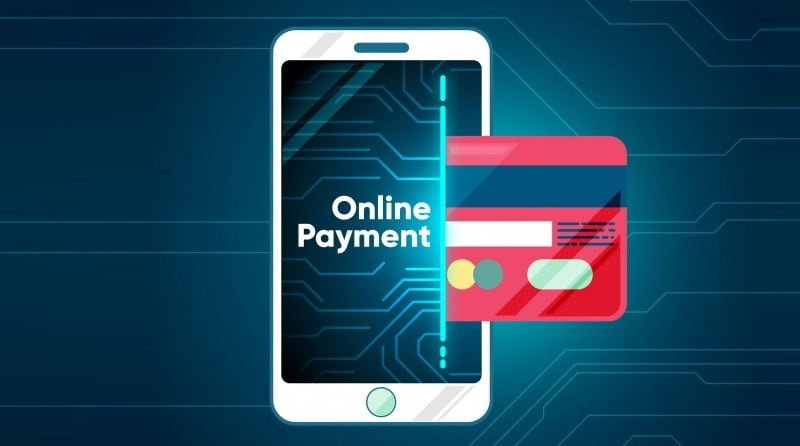Having an online presence is crucial for businesses of all sizes. Whether you run an e-commerce store, offer digital services, or accept online donations, ensuring smooth and secure payment processing is paramount. Payment gateway integration is the key to achieving this goal, and in this article, we will explore what payment gateways are, why they are essential, and how to integrate them into your website.
Understanding Payment Gateways
A payment gateway is a technology that facilitates online transactions by securely transferring payment data from a customer to the merchant and, ultimately, to the payment processor or bank. It acts as the bridge between your website and the financial institutions involved in the transaction. Here’s how it works:
1. Customer Initiates Payment: A customer decides to make a purchase or payment on your website and provides their payment information.
2. Secure Transmission: The payment gateway encrypts the payment data to ensure it remains secure during transmission.
3. Authorization: The gateway sends the encrypted data to the payment processor or bank for authorization.
4. Approval or Decline: The processor/bank reviews the request and either approves or declines the transaction.
5. Confirmation: The payment gateway relays the response to your website and the customer, indicating whether the transaction was successful.
Why Payment Gateway Integration Matters
1. Enhanced Security: Payment gateways use advanced encryption and security protocols to protect sensitive customer data, reducing the risk of data breaches and fraud.
2. Global Reach: They allow you to accept payments from customers worldwide, supporting various currencies and payment methods.
3. User Convenience: Integration provides a seamless and convenient payment experience for customers, boosting trust and satisfaction.
4. Automated Processes: Payment gateways automate the payment process, reducing manual intervention and the risk of errors.
Steps to Integrating a Payment Gateway
1. Choose a Payment Gateway Provider: Select a reliable payment gateway provider that aligns with your business needs and budget. Popular options include PayPal, Stripe, Square, and Authorize.net.
2. Create an Account: Sign up for an account with your chosen provider and complete any necessary paperwork or verification processes.
3. Access API Credentials: Most gateways provide you with API credentials, including a public key and a secret key. These credentials will be used to connect your website to the gateway.
4. Integrate the Gateway: Depending on your website platform (e.g., WordPress, Shopify, custom-built), you’ll need to integrate the payment gateway. This typically involves adding code or using plugins provided by the gateway.
5. Test Transactions: Before going live, run a series of test transactions to ensure everything is working correctly. Most providers offer sandbox environments for this purpose.
6. Launch and Monitor: Once testing is successful, you can make your payment gateway live. Continuously monitor transactions to detect and resolve any issues promptly.
Payment gateway integration is a fundamental aspect of running a successful online business. It not only ensures the security of transactions but also enhances the overall customer experience. By following the steps outlined in this article and choosing the right payment gateway provider, you can streamline your online payment processes and pave the way for business growth and customer satisfaction.

